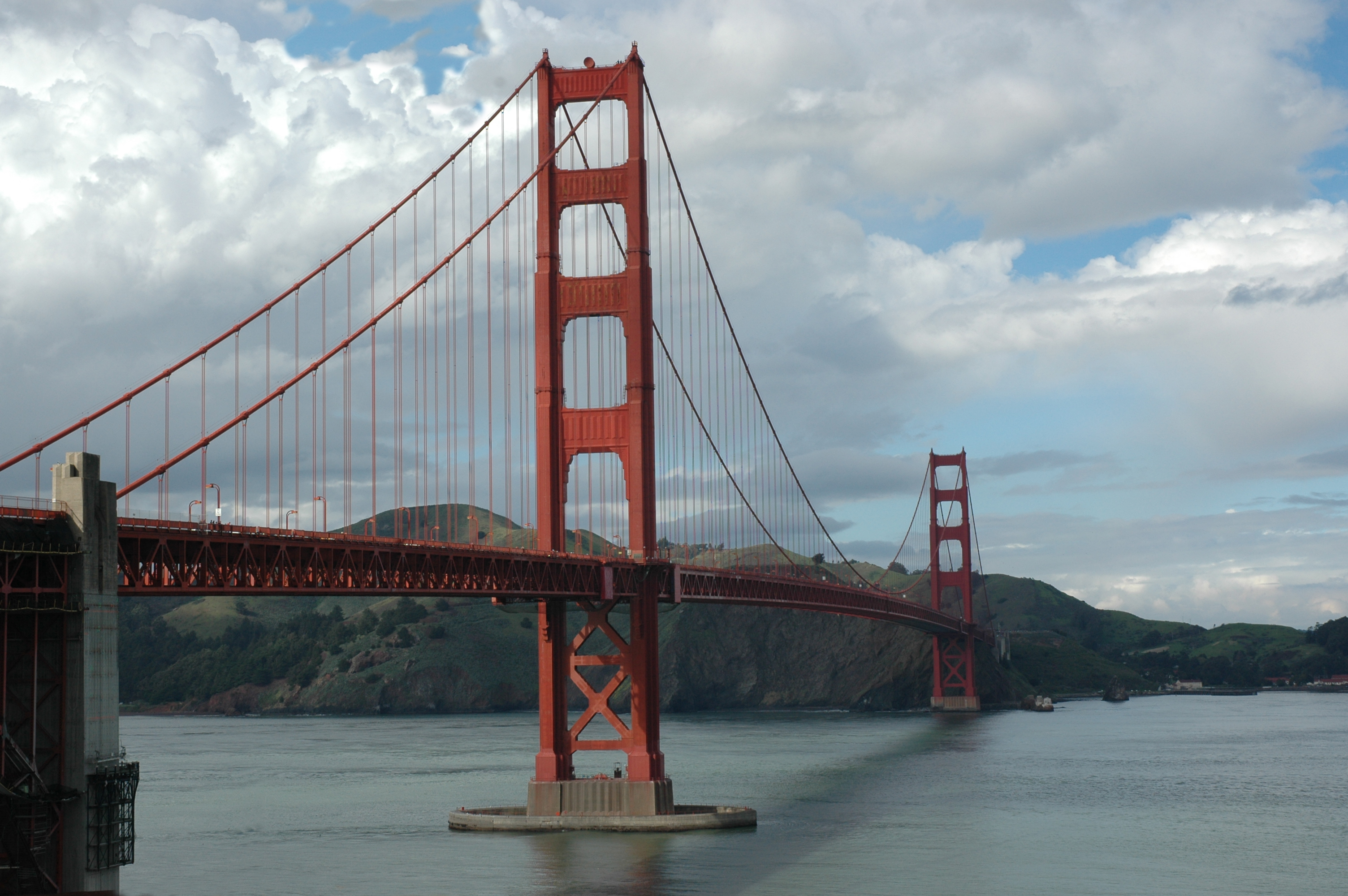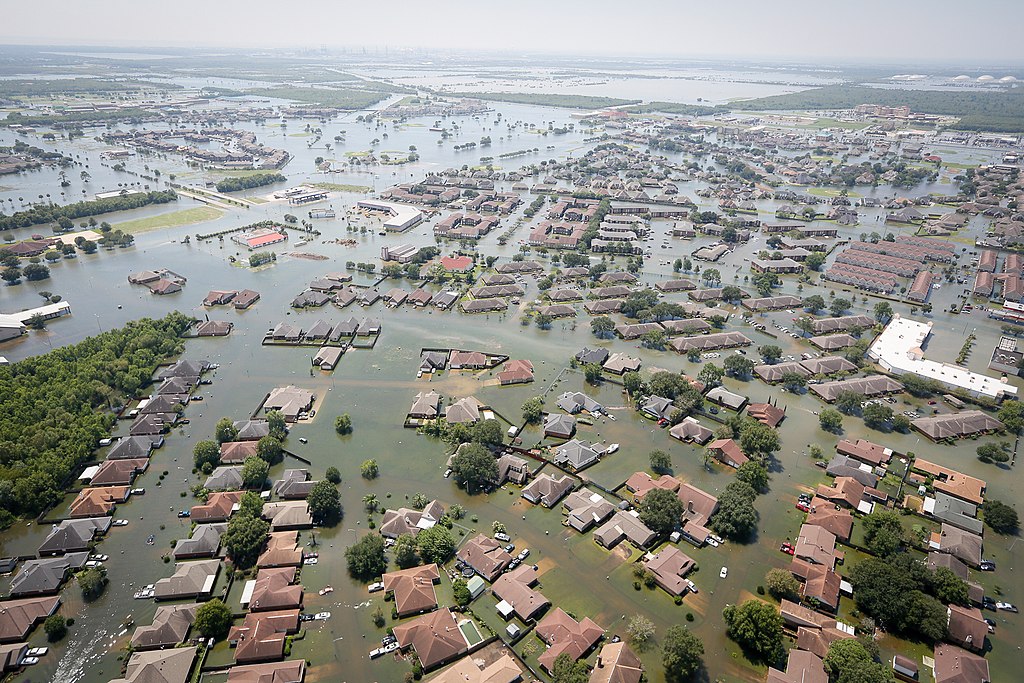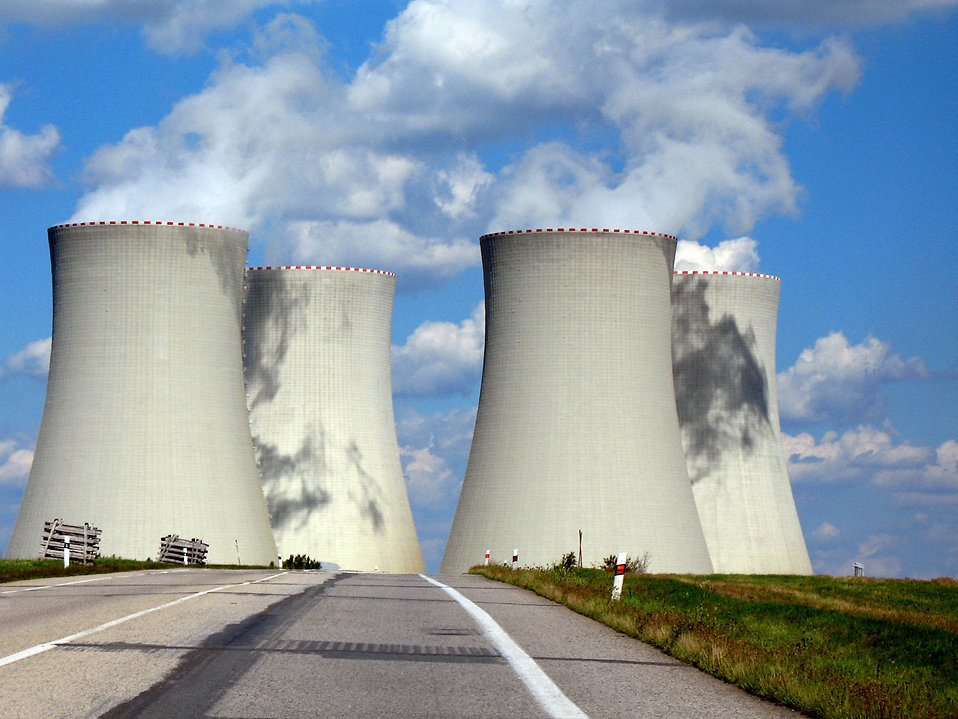Channing Jones
Columbia Law School Class of ’17
Climate change poses substantial risks to water quality, with many impacts varying geographically. For example, in regions experiencing increased frequency and severity of extreme weather events, climate-related water quality threats may include increased runoff pollution and discharges from combined sewer overflows. In coastal areas, saltwater intrusion from sea level rise has already begun compromising low-lying freshwater resources and ecosystems. Meanwhile, in regions exposed to reduced precipitation or snowmelt, water shortages may lead to heightened pollutant concentrations in remaining flows. These impacts and others pose risks to human health, ecosystems, and other human activity.
Threats posed by climate change call for an adaptive approach to surface water quality regulation: tightening pollution limits in the face of increased risks, accounting for region-specific impacts, and building flexibility into the regulatory process. In the United States, much of this can be accomplished within the structure of the Clean Water Act and its permitting programs for point source discharges and wetlands fill activity. At the same time, the Act’s grant and financing programs can be used to address nonpoint pollution sources and to fund affirmative projects to protect water quality through adaptive measures.
This new chapter sets forth specific ways in which the Clean Water Act may be used as a climate change adaptation tool, primarily through the Act’s implementation by the Environmental Protection Agency, the Army Corps of Engineers, and state governments. The chapter concludes with a discussion of opportunities for advocate to push for adaptation measures.
Other chapters in the Legal Tools for Climate Adaptation Advocacy handbook include:
- Securities Law, by Nina Hart
- Flood Insurance, by Matt Sienkiewicz
- NEPA, by Jennifer Klein and Ethan Strell




